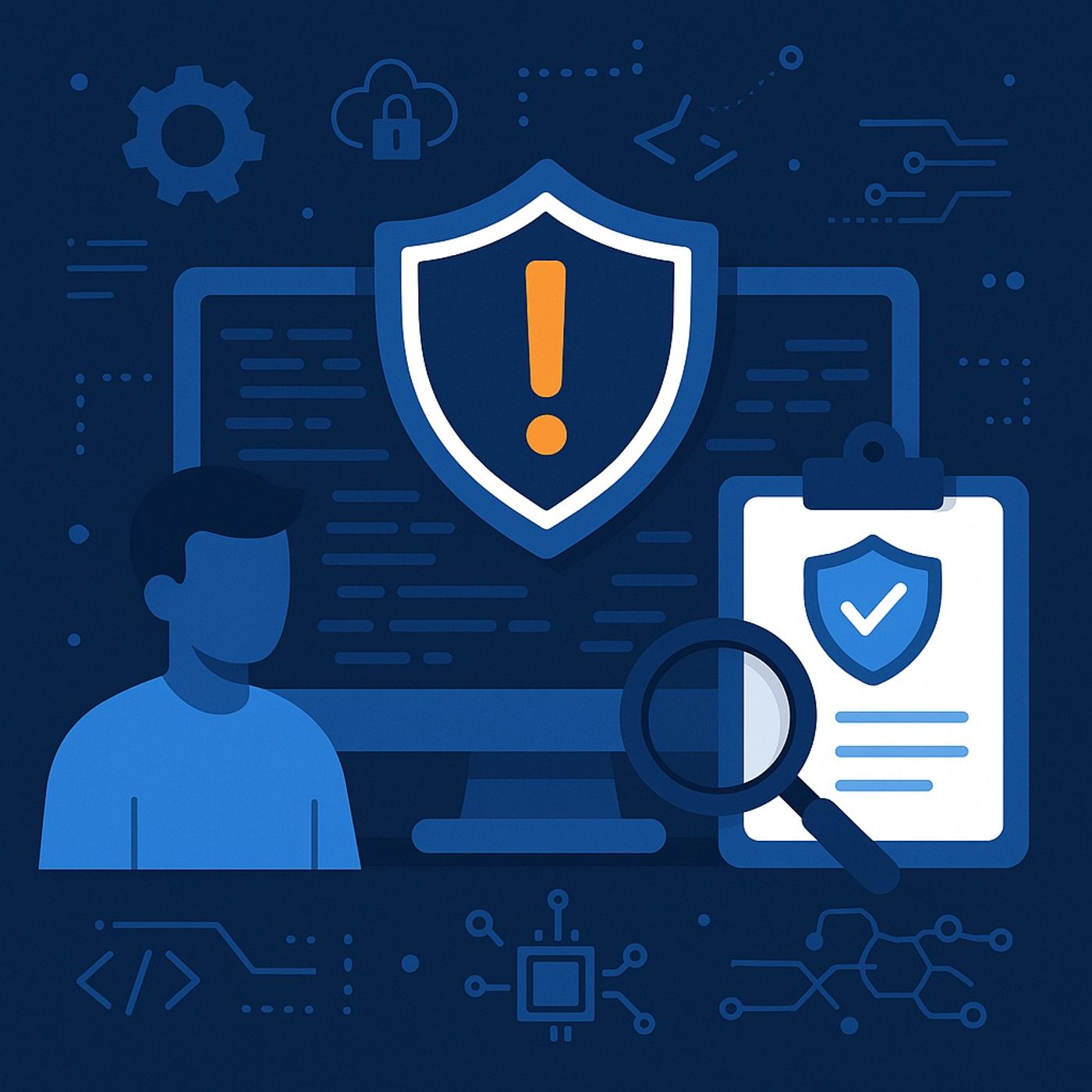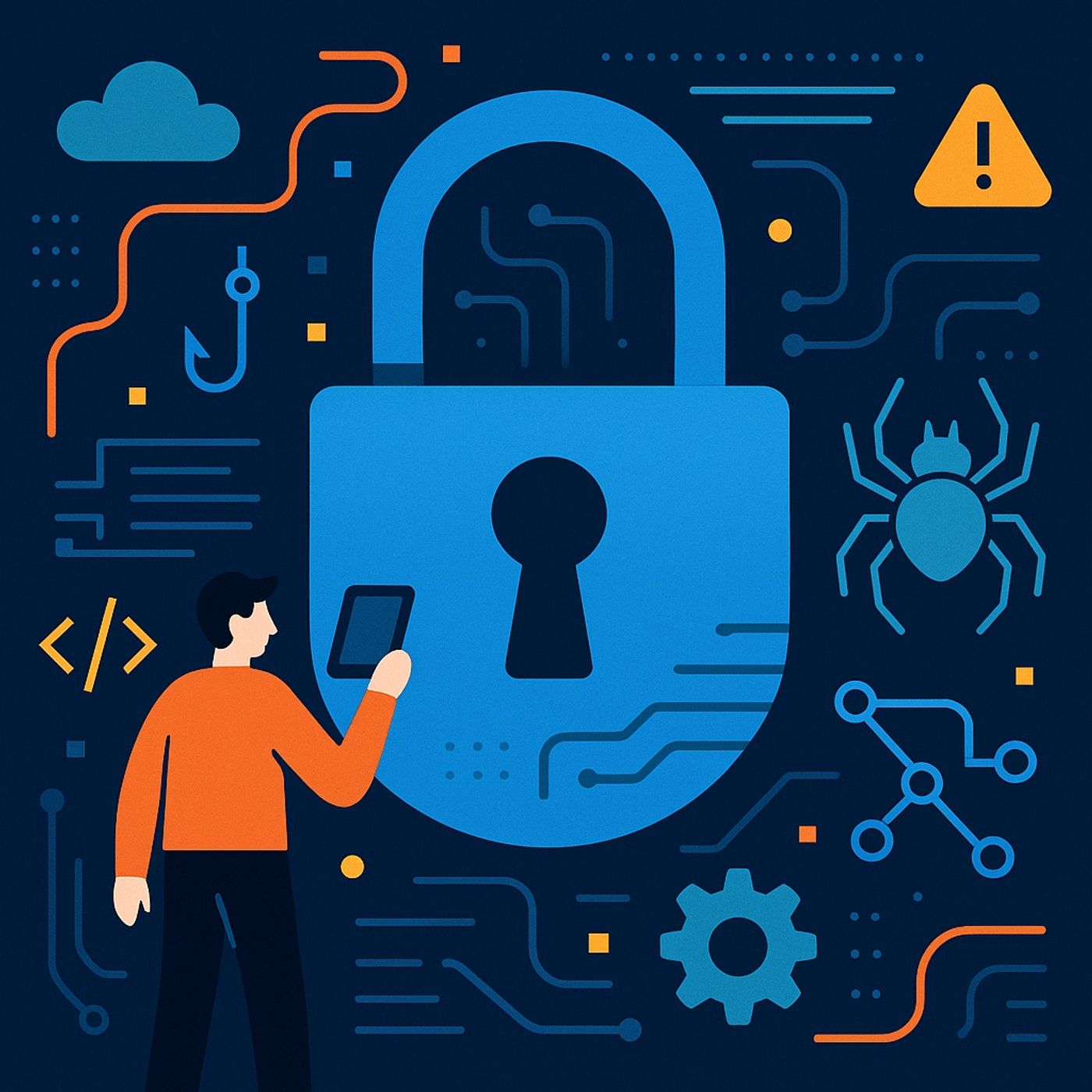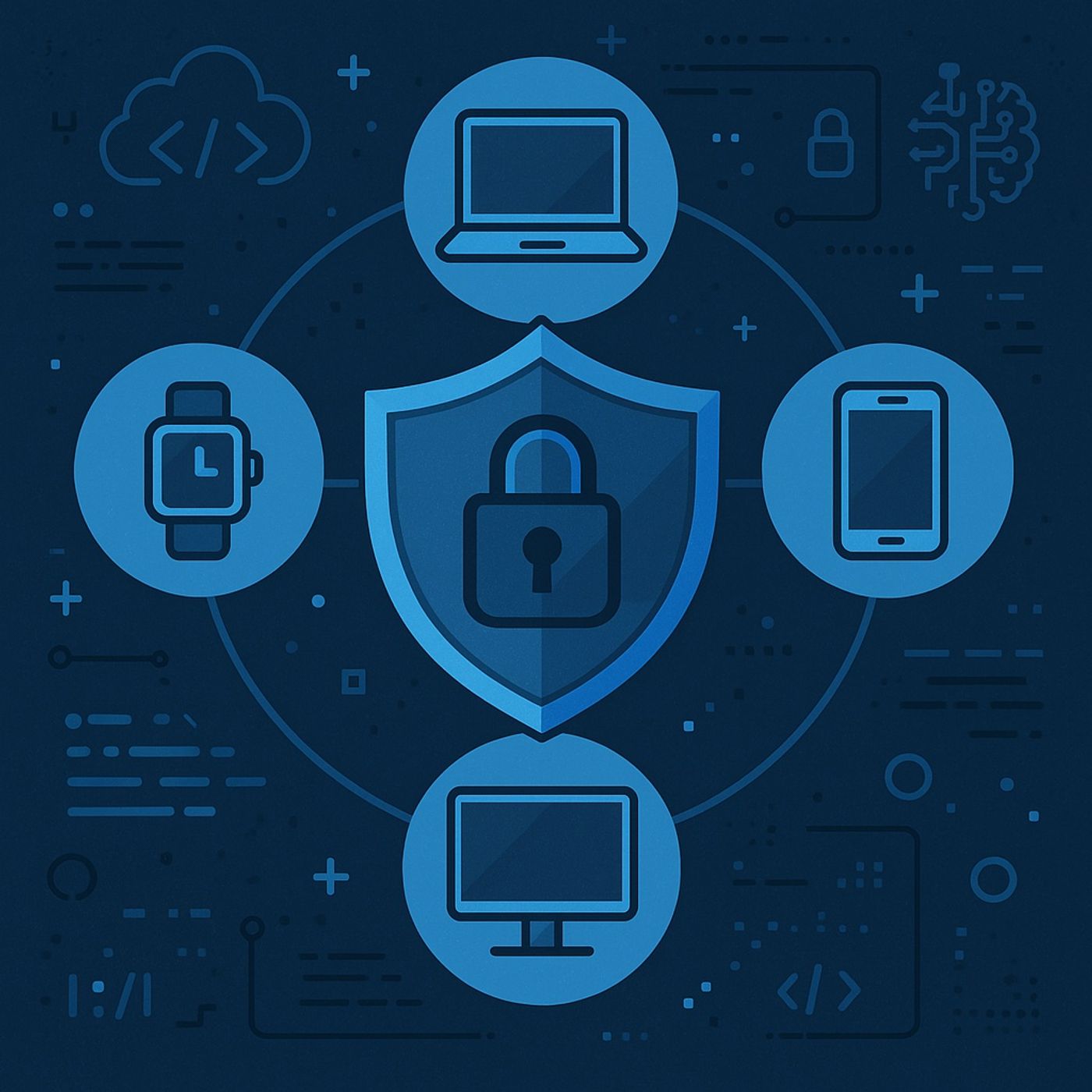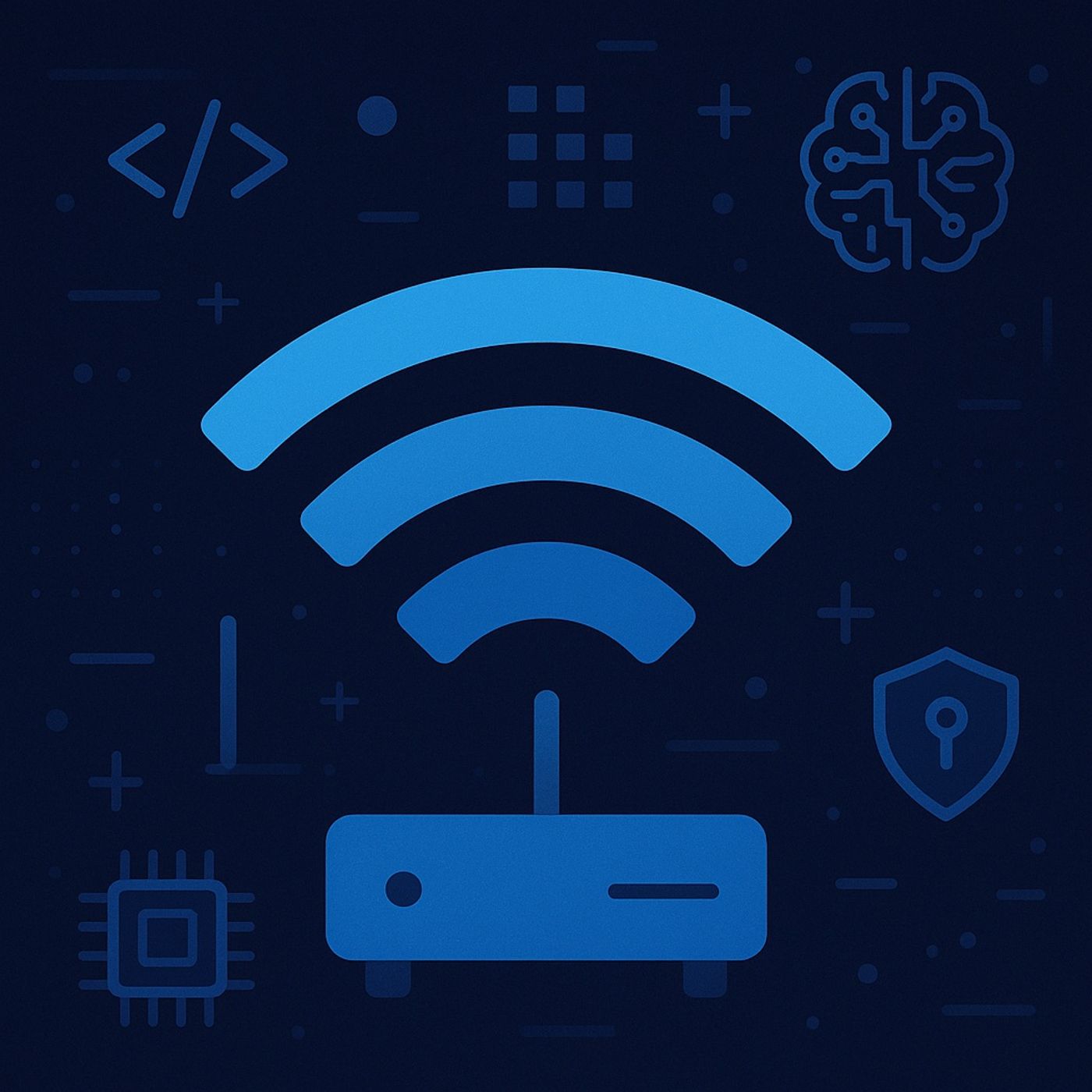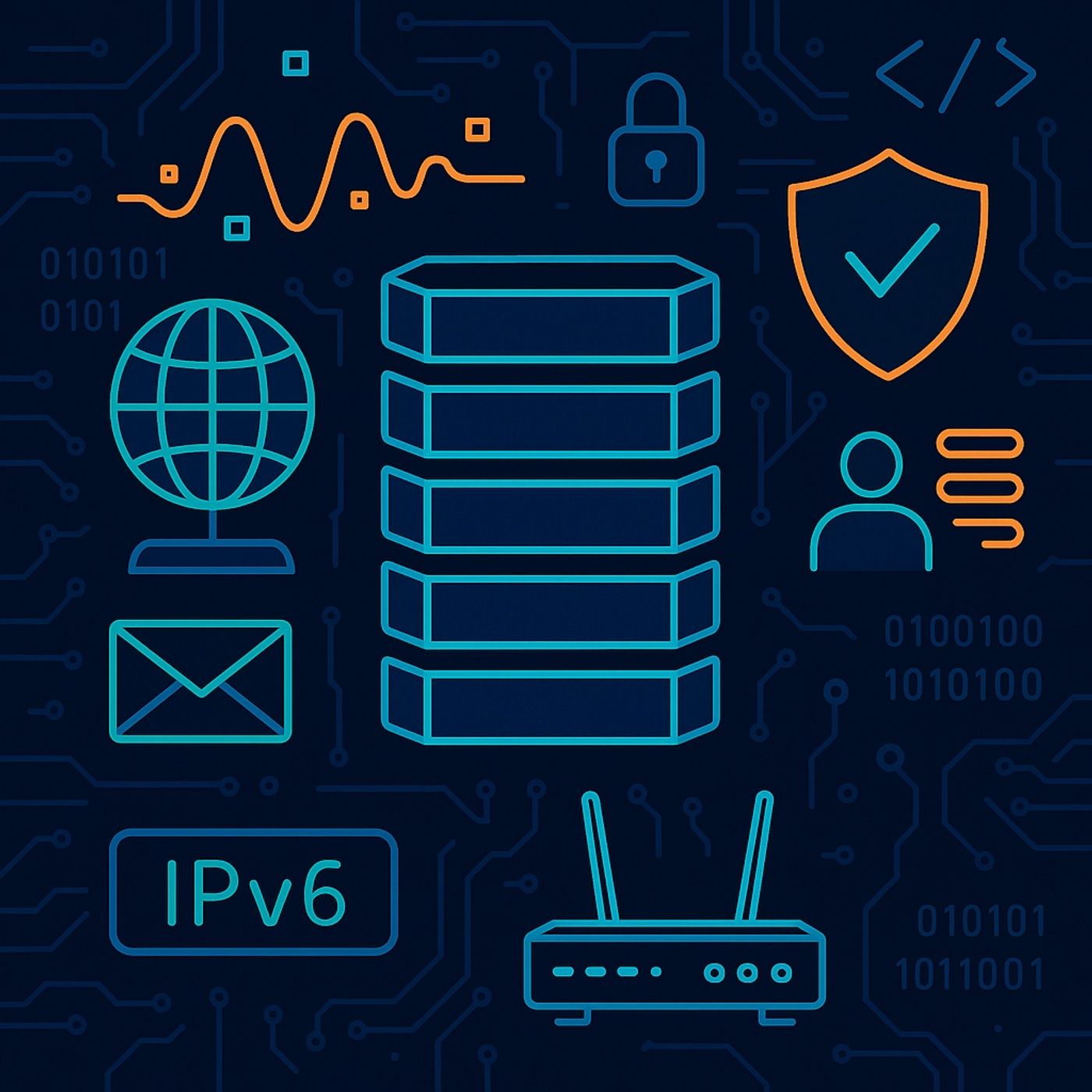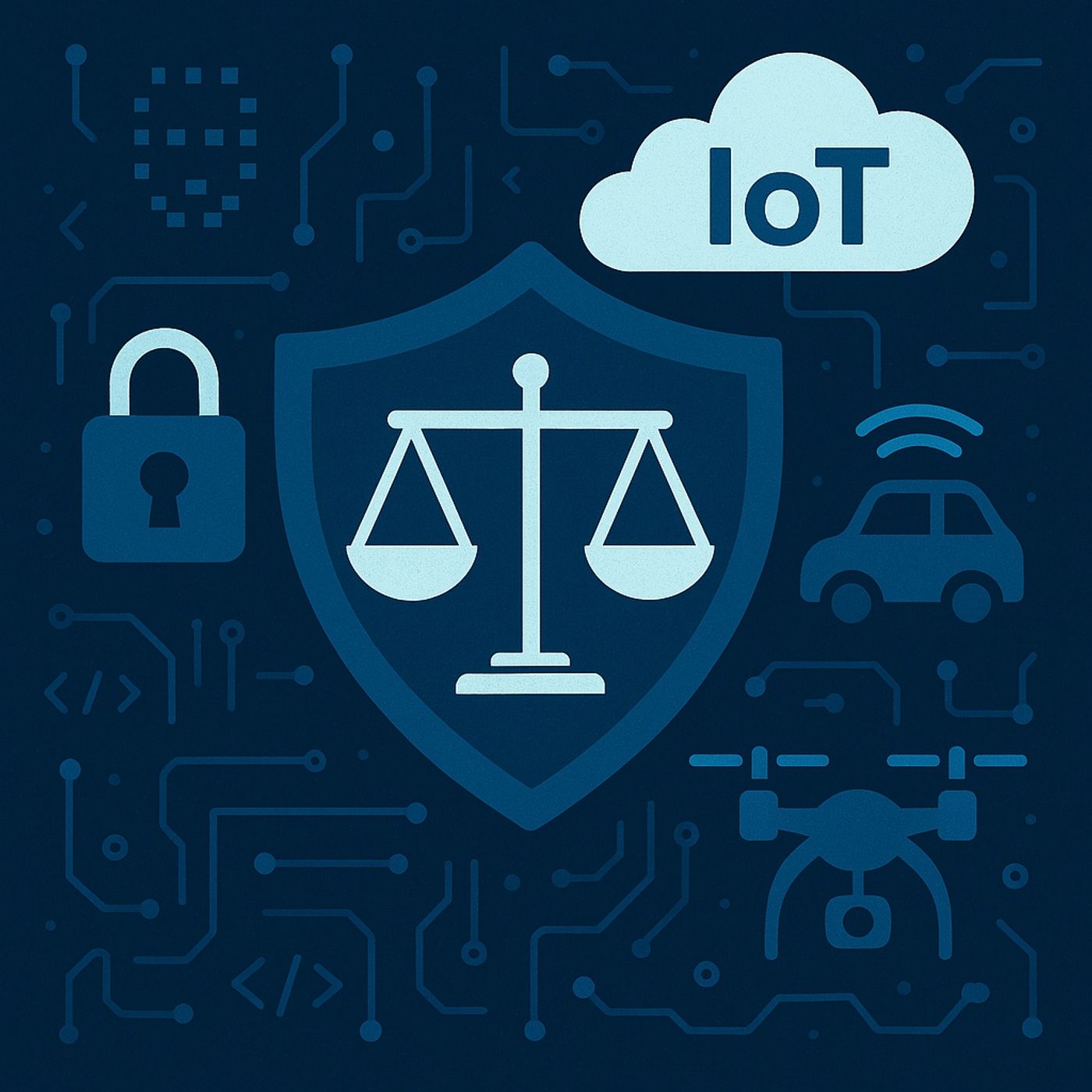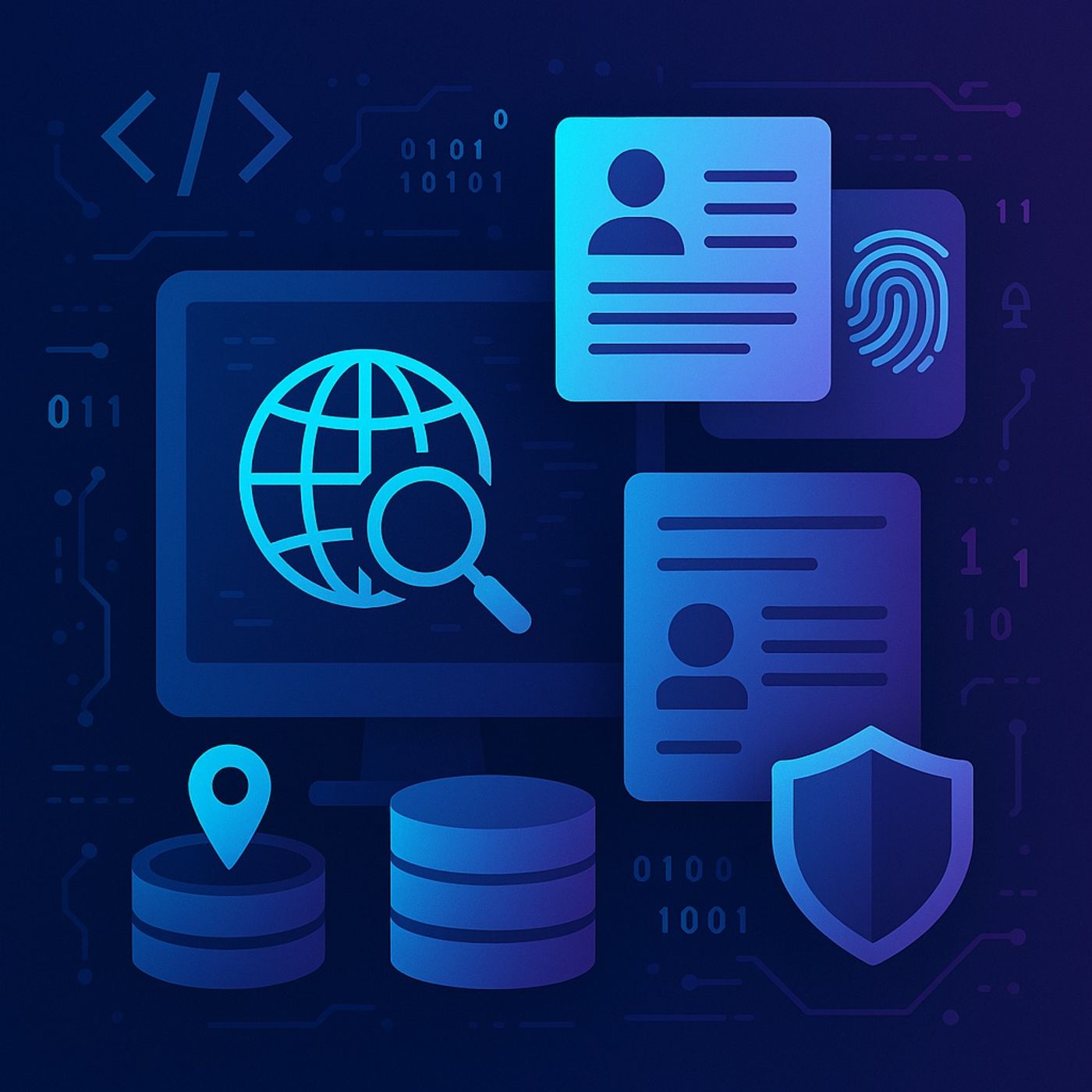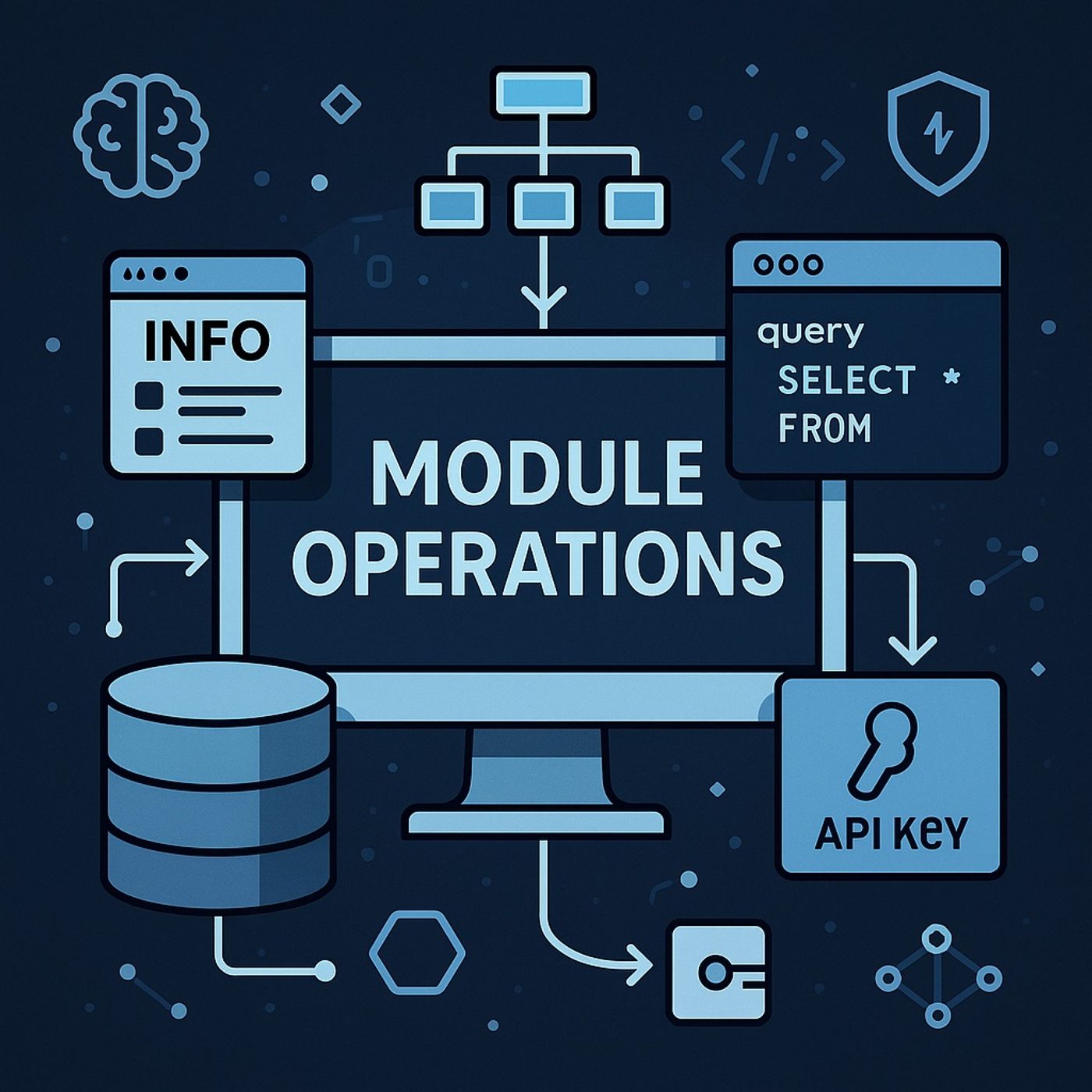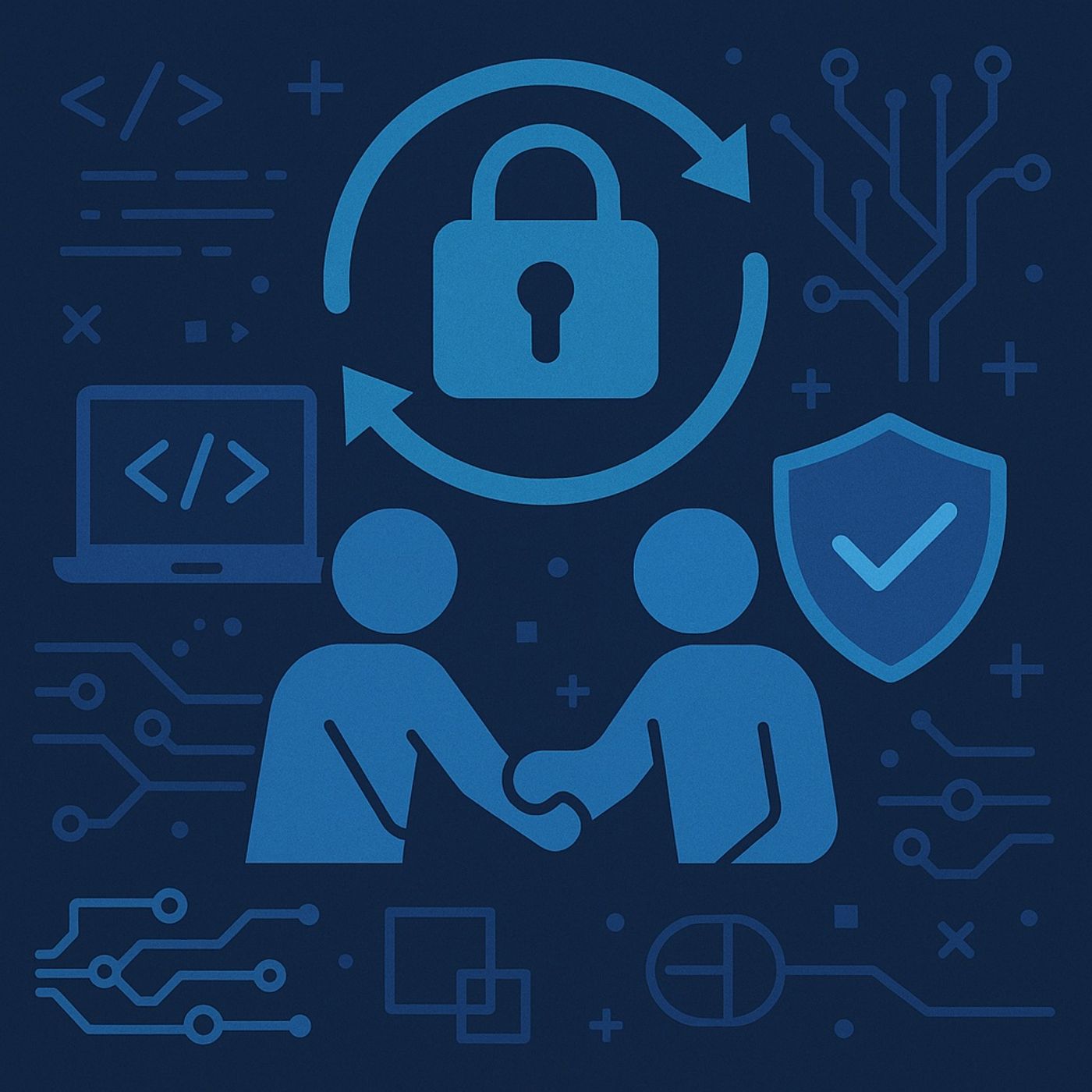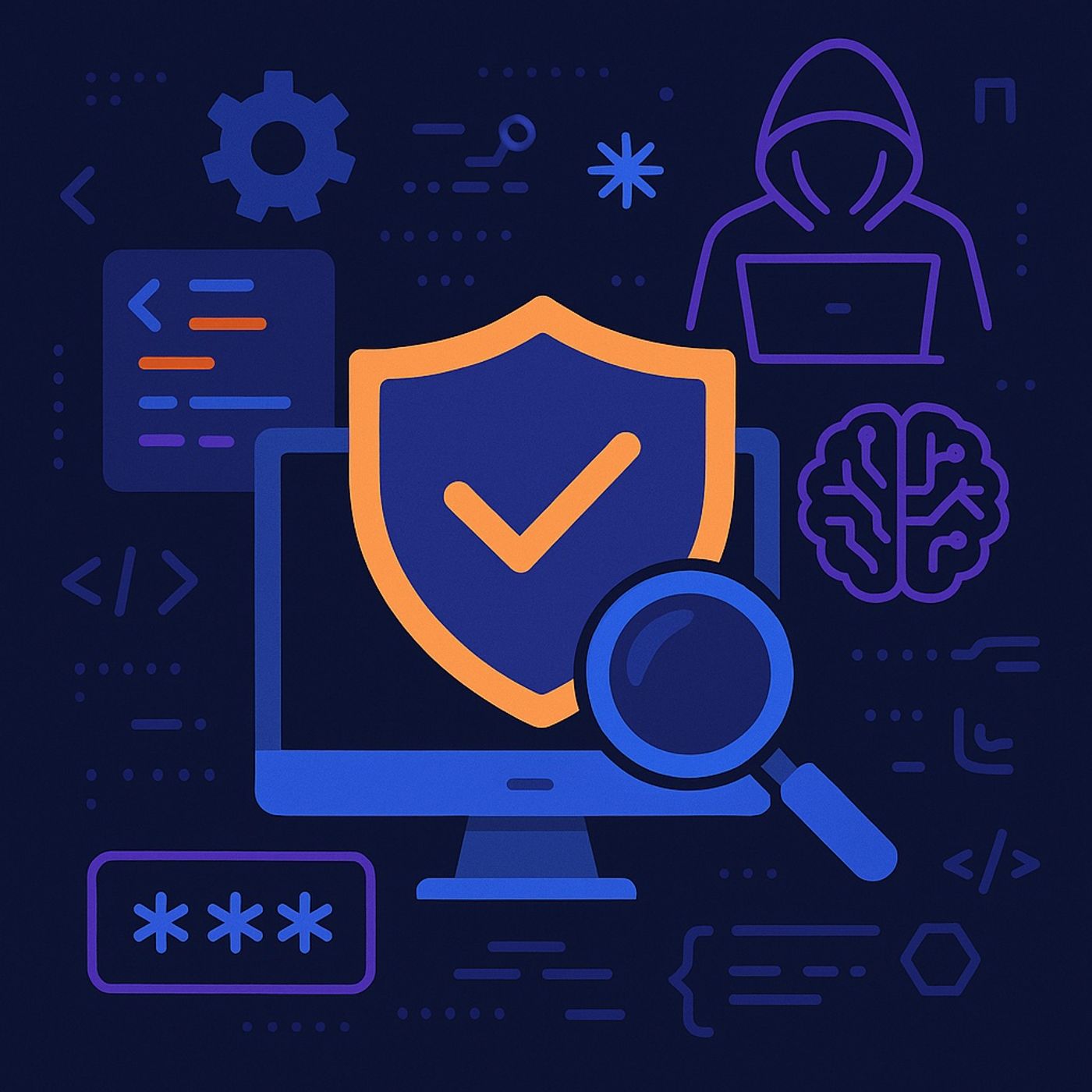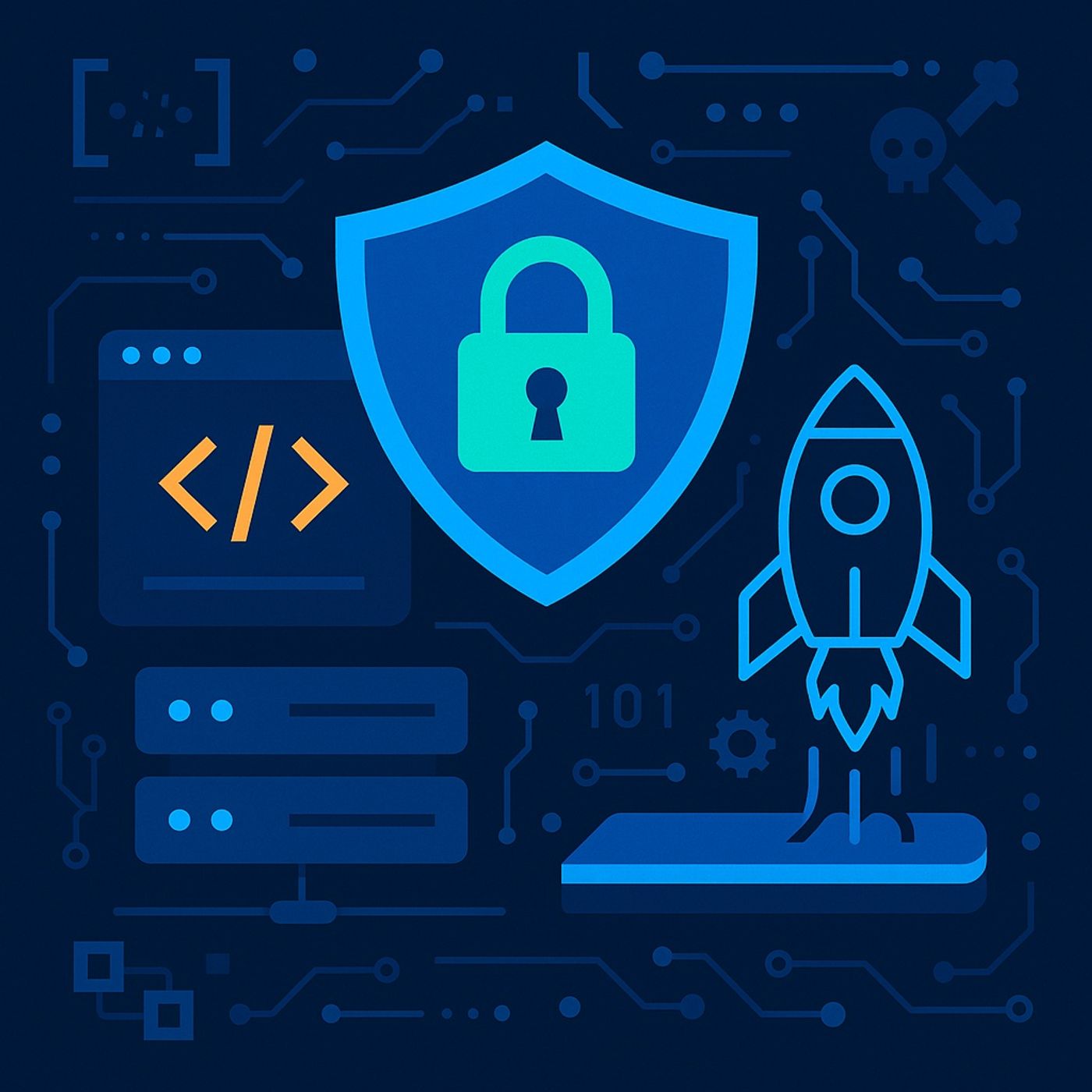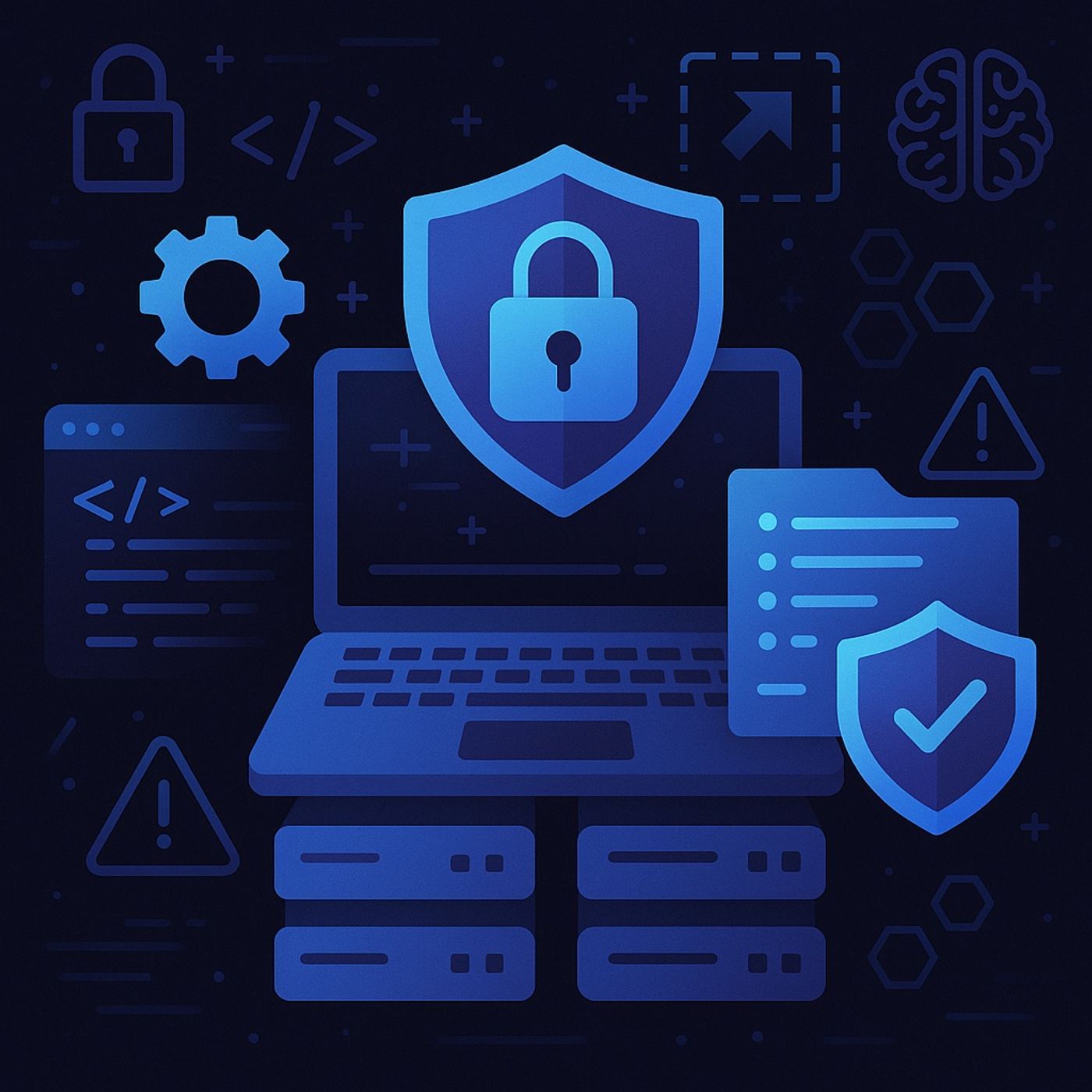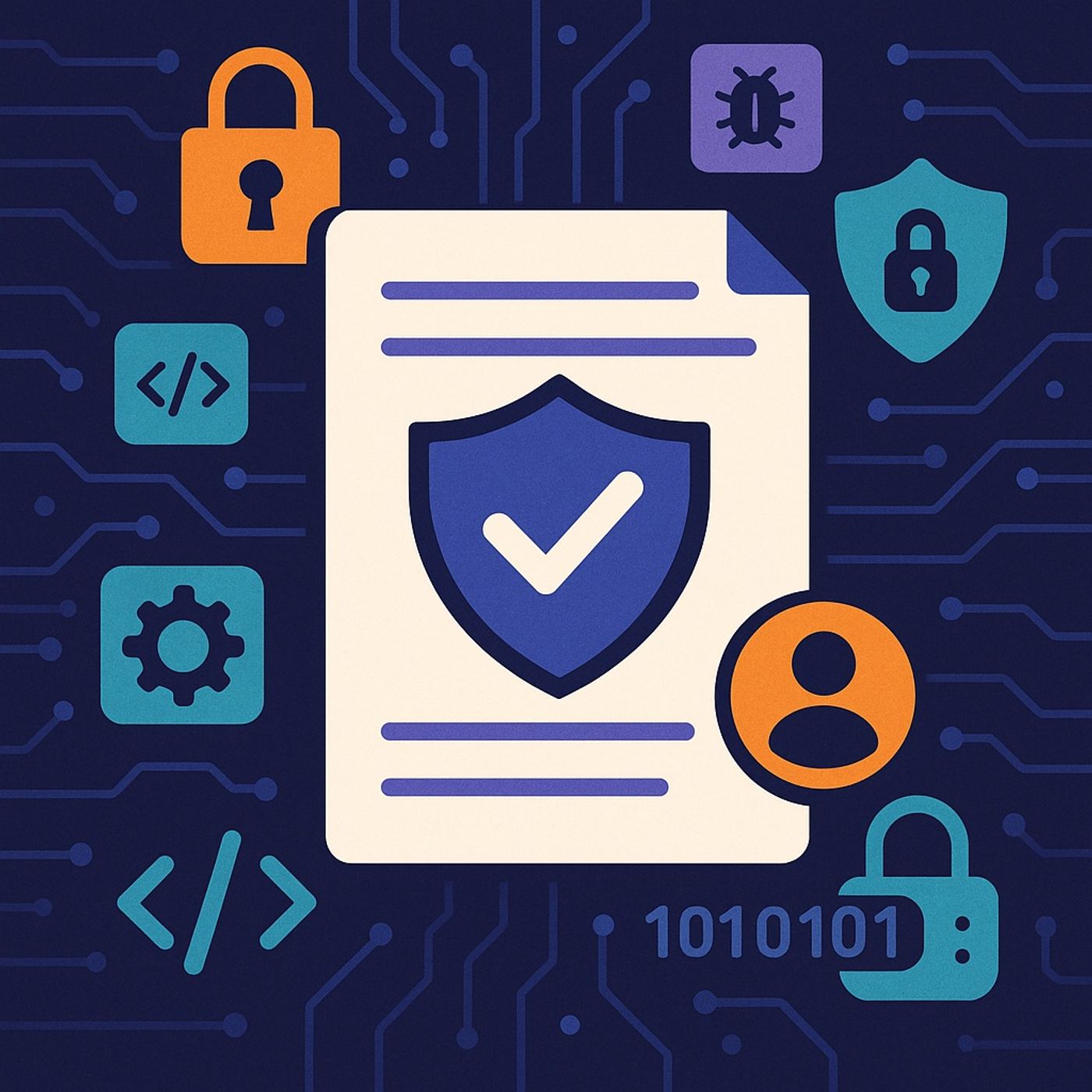Course 7 - Secure SDLC (Software Development Life Cycle) | Episode 7: Incident Management, Operational Defense, and Continuous Security
Update: 2025-11-14
Description
In this lesson, you’ll learn about: Secure Response — SDLC Phase 7 1. Overview Secure Response is Phase Seven of the Secure Software Development Life Cycle (SDLC), focusing on managing security incidents, breaches, cyber threats, and vulnerabilities after software deployment. This phase represents the blue team operations, encompassing monitoring, threat hunting, threat intelligence, and reactive defense measures. The goal is to protect, monitor, and react effectively in a production environment. 2. Incident Management and Response Process A robust Incident Response Plan (IRP) is critical for minimizing damage, reducing costs, and maintaining organizational resilience. The response process is structured in six main steps:
You can listen and download our episodes for free on more than 10 different platforms:
https://linktr.ee/cybercode_academy
- Prepare
- Verify and isolate suspected intrusions.
- Assign risk ratings.
- Develop policies and procedures for incident handling.
- Explore
- Perform detailed impact assessments.
- Detect incidents by correlating alerts, often using Security Information and Event Management (SIEM) tools.
- Gather digital evidence.
- Organize
- Execute communication plans to update stakeholders.
- Monitor security events using firewalls, intrusion prevention systems (IPS), and other defensive tools.
- Create/Generate (Remediate)
- Apply software patches and fixes.
- Update cloud-based services.
- Implement secure configuration changes.
- Notify
- Inform customers and stakeholders if a breach involves personal data.
- Follow legal and regulatory notification requirements.
- Feedback
- Capture lessons learned.
- Maintain incident records.
- Perform gap analysis and document improvements to prevent similar future incidents.
- Identify incidents.
- Analyze results (eliminate false positives).
- Communicate findings to team members.
- Report outcomes for documentation and compliance.
- Automating routine security operations.
- Connecting multiple security tools for streamlined workflows.
- Saving time and resources while enabling flexible, repeatable processes.
- Digital Forensics: Recovering evidence from computers.
- Mobile Device Forensics: Examining phones, tablets, and other portable devices.
- Software Forensics: Analyzing code to detect intellectual property theft.
- Memory Forensics: Investigating RAM for artifacts not stored on disk.
- Data Disposal: Securely destroy data to prevent unauthorized access. Methods include physical shredding, secure digital erasure, and crypto shredding.
- Data Retention: Define how long data is kept to comply with regulations like GDPR, HIPAA, and SOX. Steps include creating retention teams, defining data types, and building formal policies with employee awareness.
- Integrates directly into running applications to detect and block attacks in real time.
- Provides contextual awareness and live protection, reducing remediation costs.
- Can run in monitor mode (detection) or protection mode (blocking attacks).
- Reward external security researchers for reporting vulnerabilities.
- Benefits include early discovery of security flaws before widespread exploitation.
- Effective programs define objectives, scope, reward structure, and maintain organizational visibility.
- Secure Response (Phase 7) is essential for post-deployment defense, monitoring, and incident management.
- Core activities include incident response, SOC operations, automation (SOAR), forensics, compliance, and continuous security.
- The goal is to detect, mitigate, and learn from incidents while improving overall security posture.
You can listen and download our episodes for free on more than 10 different platforms:
https://linktr.ee/cybercode_academy
Comments
In Channel

